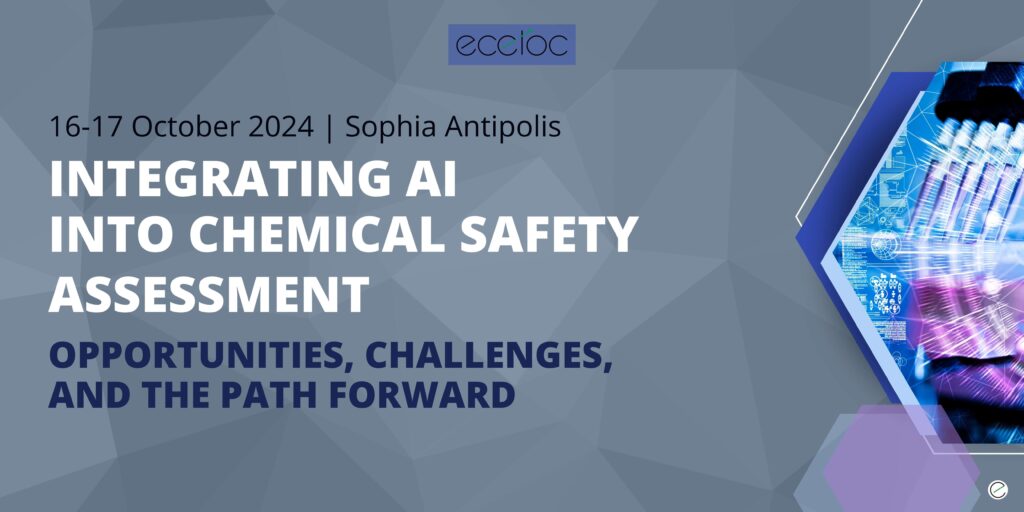Event
16.10.2024 - 17.10.2024
Integrating AI into chemical safety assessment – Opportunities, challenges, and the path forward
16-17 October 2024
Sophia Antipolis, France
While AI opens a world of possibilities for chemical safety assessment, the rapid integration of its technologies presents significant challenges including concerns over the quality of training data, the dynamic nature of learning algorithms, and the implications for regulatory assessments.
This workshop looked at:
- what is the current “state of the art” as well as Success Stories and Lessons Learned, including opportunities and risks
- how AI could be applied in mainstream chemical safety assessment, both with respect to hazard identification and safety assessment, while minimizing risks
- challenges associated with application of AI in chemical safety assessment
Download the Flash Report
Download the programme

